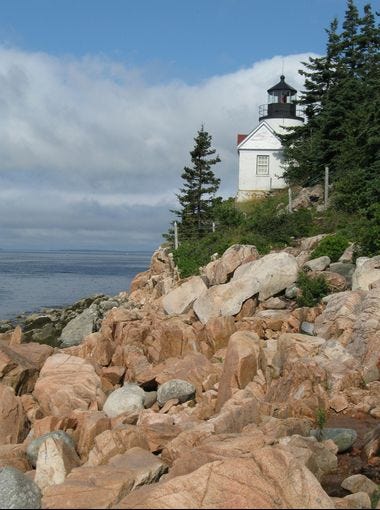Many of our agents are also parents. We have traveled extensively with our families by car and plane. There are many tips that we have used to make the most of these trips. One recommendation is when flying, you can purchase EarPlanes to reduce air popping. They are available in adult and children sizes. Not all stores carry the smaller ones so you may have to check with your local pharmacy. I have several activity books including travel bingo that helps distract the kids during long road trips.
Here are some additional tips when planning a vacation with kids:
Here are some additional tips when planning a vacation with kids:
Ten Family Travel Tips
Family travel is daunting. The kids and I both have
meltdowns trying to get out the door with everything we need before any
type of vacation, but every time it gets easier.
Last August I locked us out of our place as we eagerly waited outside for the cab. I was hysterical and thought someone stole our luggage. It all worked out, but seemed impossible in the moment. Organization and planning on the front end (easier said than done!) help you keep your cool to avoid antics like mine...
And, these simple tips help. Please share your own tricks in the comments.

How to Survive Family Travel:
Last August I locked us out of our place as we eagerly waited outside for the cab. I was hysterical and thought someone stole our luggage. It all worked out, but seemed impossible in the moment. Organization and planning on the front end (easier said than done!) help you keep your cool to avoid antics like mine...
And, these simple tips help. Please share your own tricks in the comments.

How to Survive Family Travel:
- Create a must-pack list with items such as phone chargers and save it for future reference to help avoid forgetting necessities. Pack related items in zip lock bags.
- Always have puke bags handy weather you travel with kids by car, boat or plane!
- Pack changes of clothes to be handy during transit in case anyone gets sick or has a diaper blow-out, which also requires extra diapers and wipes.
- Always have extra snacks handy.
- Bring plenty of liquid (if you travel by air, be aware of airport security rules so your liquid doesn't get pitched) so everyone stays hydrated.
- If you travel with small children by plane, feed them anything from milk to lollipops during ascent and descent so their ears don't pop.
- Protect against the sun with sun glasses, hats, and long sleeves and pants when possible.
- Distract kids so they don't fight or fuss with books, stickers, puzzles and apps/videos on phones or other devices.
- Time travel with kid nap times bring extra peace.
- Identify a reward to motivate your family such as a swim in the pool after a long drive (that was my parents' trick) or ice cream after a long challenge.



